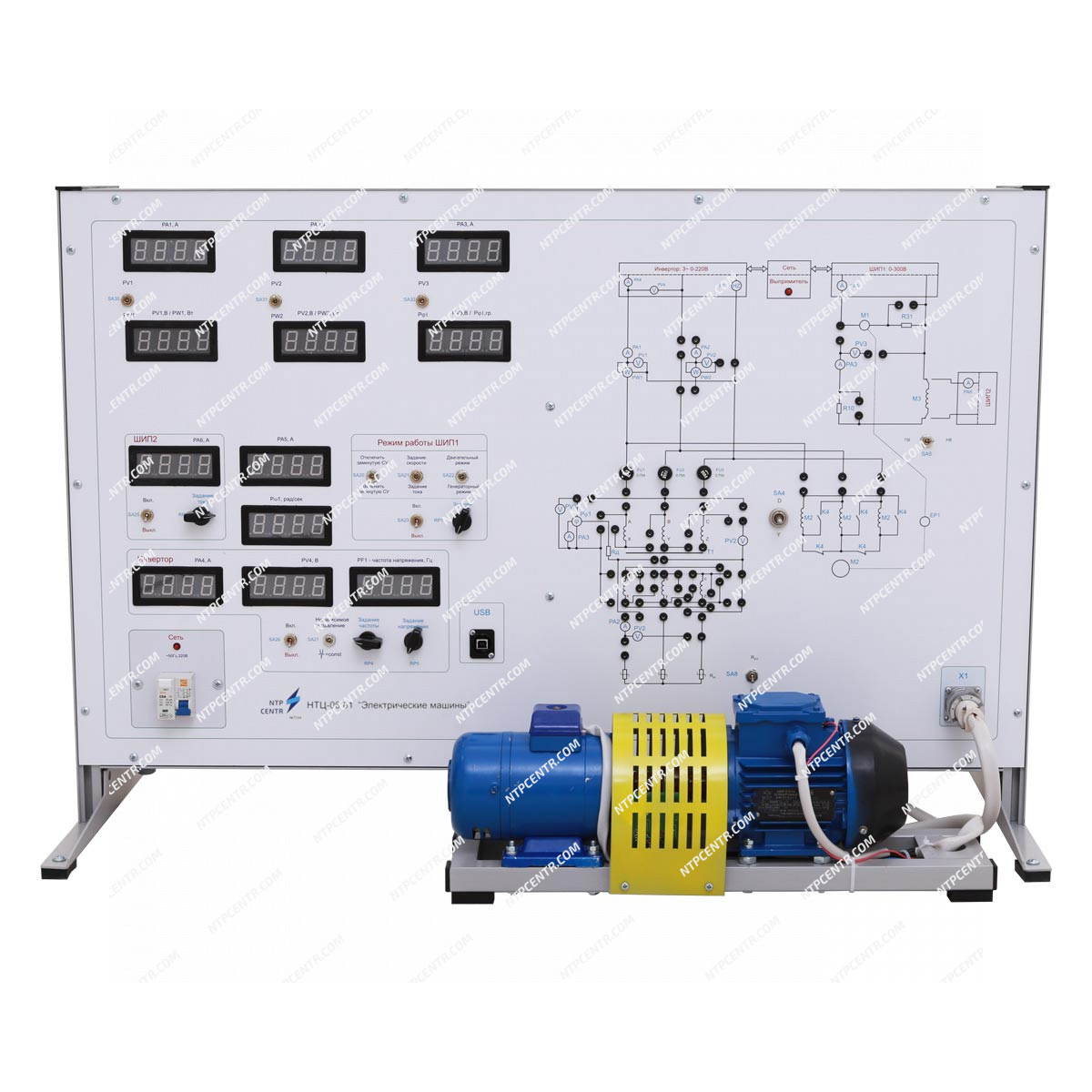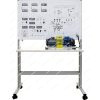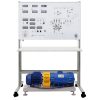NTC-06.01 “Electrical machines”
Br0.00
The educational laboratory stand is designed for conducting classes in the course “Electrical Machines,” focusing on studying the electrical and electromechanical characteristics of various transformers, direct current machines, and asynchronous machines. This includes examining their operating modes, circuit parameters, connection and excitation features, as well as methods for determining device parameters and characteristics under different operating conditions.
*For additional information, you can contact us via the phone numbers or email provided on the website.
 Русский
Русский





